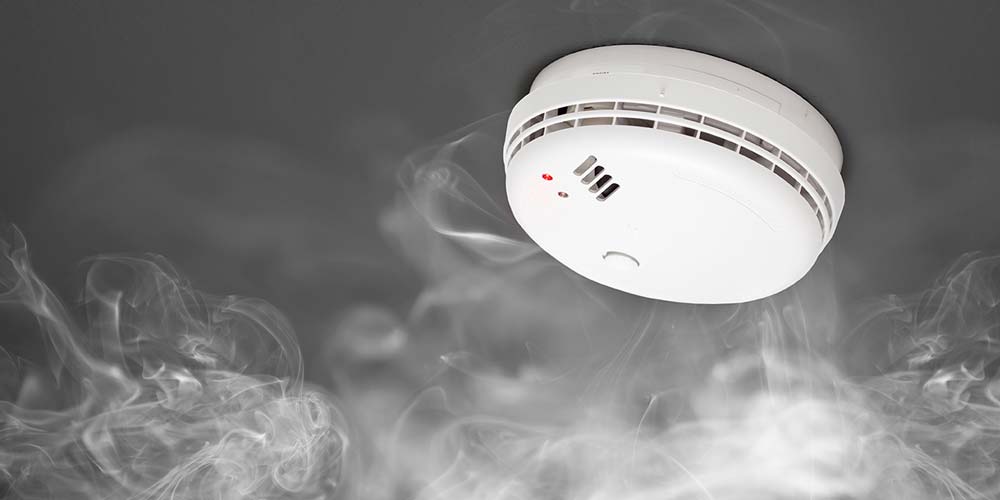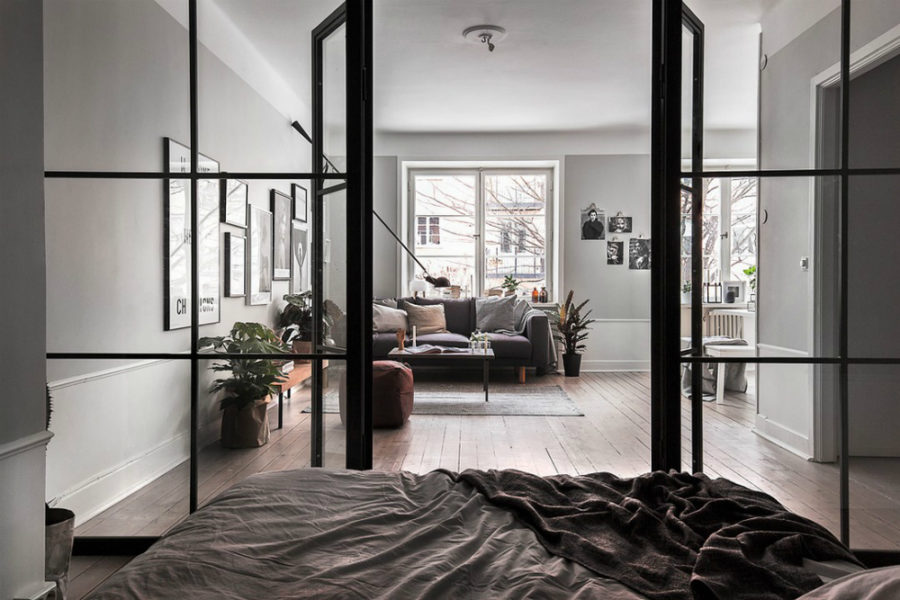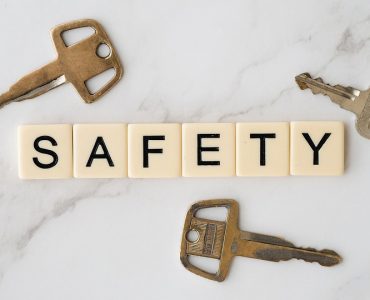Losing your home to a fire is a scary thought, but there’s plenty you can do to prevent fires from starting. And while accidents happen, you can learn how to avoid a fire from starting and spreading through your home.
Check Your Smoke Detectors

Fire and smoke detectors are your first line of defense against danger. When smoke and heat enter that little device on your wall, the sensors inside sound the alarm. This means you can catch the problem before it becomes an emergency. So be sure to keep your smoke and fire detectors in good condition.
Test Every Month
Get in the habit of testing your smoke and fire detectors once a month. It only takes a few minutes to test them and it can save your home in an emergency.
Testing may vary from model to model but most standard detectors have a button on the face. Press that button and wait for the alarm.
Ask a partner (your kids, spouse, or roommate) to listen for the alarm in a faraway room. The smoke detector may be working but it isn’t helpful if the whole house can’t hear it. Do this for each smoke detector in your home once a month to keep them in good shape.
Change the Batteries as Needed
When the batteries in smoke alarms are low, you’ll know. Those annoying chirps every few minutes aren’t just for fun. They’re low-battery alerts and they shouldn’t be ignored. If a fire breaks out in your home and the smoke detector’s batteries are drained, the alarm won’t sound, putting your home at a higher risk.
Replace Every Ten Years
Like any appliance, smoke detectors wear down after years of use. To keep your fire warning system in top shape, replace your smoke detectors every ten years. Standard models don’t cost much, so it’s worth investing in smart smoke alarms with a few extra features when you make the next significant replacement.
Watch Your Appliances
Appliances like stoves and washing machines make daily life a lot easier but they can also pose a fire hazard. According to the National Fire Protection Agency (NFPA), almost half of house fires start in the kitchen. Thankfully, there are a few ways to make every room in your home a little safer.
In the Kitchen
From family meals to midnight snacks, the kitchen may be the best room in the house. But with so many appliances in one place, it deserves a little extra attention.
When it’s time to get cooking, be sure your oven, stove, and hot plates are far away from flammable items like curtains or chemicals. Don’t leave the room unattended if you can help it. And keep a fire extinguisher on hand in the kitchen in case of grease fires or other emergencies.
Sleeping Areas

Start by taking a look at your mattress to make sure it contains flame-retardant chemicals inside. For extra protection, consider a flame-retardant mattress cover.
Good habits and smart fire safety practices can help prevent fires in the bedroom too. If you smoke, take it outside. Only use electric blankets with automatic shut off abilities. And avoid overloading wall sockets and power strips with too many plugs.
Measure Carbon Monoxide Levels
Carbon monoxide doesn’t damage your home like a fire does but it’s still very dangerous. Carbon monoxide is an odorless, colorless gas released from burning carbon materials like fuel.
Burning wood, natural gas, coal, gasoline, and heating oil can all release CO into your home. When you cook on your gas stove or misuse your fireplace, you increase the risk of fire and carbon monoxide poisoning in your home.
Consider getting a dual-sensor carbon monoxide and smoke detector that senses heat, smoke and CO. This will cut installation time and costs and potentially save your life.
Practice Safe Habits
Simple precautions and staying aware of your surroundings lower the chances of a fire in your home. It’s easy to get distracted while going about your day but activities like cooking can become dangerous quickly without mindfulness. So start by forming fire-safe habits.
Let us know in the comments below how you keep your house safe.



